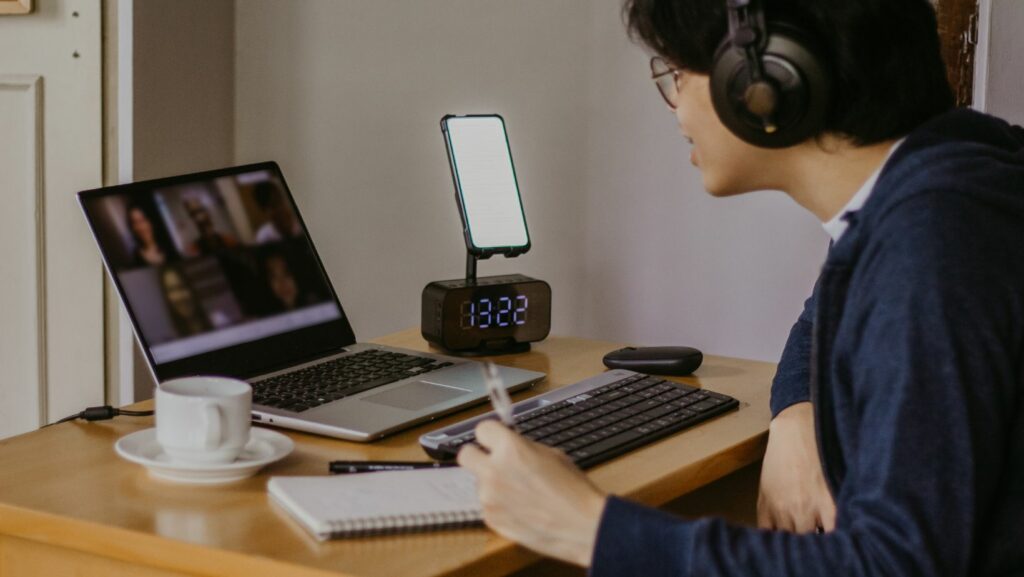Lockdown birthed the indispensable need for Zoom in daily human interactions. Today, zoom meetings are effective for conferences, classes, interviews, video recording, podcast production, and many other things.
With zoom, you can connect to anyone in any part of the world without stressing about traveling. Although zoom has been majorly utilized for official use, you can also use it for informal meetings with family and friends.
You can use Zoom on your laptop, phone, or tablet. If you are used to using Wifi to access Zoom meetings, you don’t currently have WiFi, you may want to know what options you have.
Yes, you can use Zoom without WiFi, but there is a catch! Read on to see how to use Zoom without WiFi.
Do You Need Wifi For Zoom?
Zoom can work without wifi. The minimum requirement to connect to zoom is a stable internet connection. You can use your cellular mobile data to connect to zoom.
If you need to use zoom on your laptop but can’t access a WiFi connection, you can use a mobile hotspot to connect your laptop to a stable internet.
Requirements For Zoom Meeting
To get the best zoom experience, ensure that you meets these minimum requirements.
Laptop Requirements
- At least 4GB RAM
- HD webcam to get image clarity
- Good functioning microphone and headphone port
- Intel core i3 processor
- Your laptop should have at least 5 hours of battery life
- Good image display, at least an FHD display
If your zoom meetings are conducted outside or in a naturally lit space, your laptop should have outdoor display capabilities

Internet Requirements
You need a good internet to use Zoom. You need at least 1.2 Mbps for 720p image clarity and 3mbps for 1080p HD images.
Data Requirements
You can have the best zoom experience using your mobile data. However, sufficient data is required to avoid interruption when the data is depleted. Here’s a view of how much data you need to sustain a zoom meeting:
One person call
One-hour zoom call requires at least 500MB and up to 1GB for 720p quality videos.
Group call
For a group call, 800MB is enough for one hour but if you need 720p video, the meeting consumes up to 1.4 GB of data.
How To Save On Data During a Zoom Call
If you do not have access to WiFi but have to attend one or multiple zoom calls, you should figure out how to save data. Long zoom meetings consume a good amount of data especially if the video calls are 720p or 1080p. You can save data during zo meetings by applying these tips:
Turn off video
Video calls on zoom use up to 2GB of data per hour, depending on the quality of video you want. To save data, turn off the video when you do not need it by clicking on the start video button.
Disable HD
Having high-quality video on a zoom call costs more data than having a normal video. To cut on data usage, you can disable HD in these steps:
- Click on the arrow beside the video start box
- Click on video settings
- Uncheck the enable video box
- Create an alternative for sharing screen
While sharing the screen does not use as much data as the video option, finding an alternative means to share the screen can save you data. Google doc is a good alternative as it allows multiple people to view and edit files. If you are conducting a video conference, have it as an option for your group to use Google docs instead of share screen.

How to create the best zoom meeting experience
Once you have sorted out the data requirements, there are still things you should do to enjoy the best zoom meeting experience. Apply these tips:
- Disable join before the host. This will allow you to settle and start the meeting according to the set time.
- When having a private meeting, avoid sharing the link or meeting ID on public platforms
- Know your computer shortcuts especially if you are multitasking tabs
- Go on Canva or other apps to set up interesting zoom background options for yourself
- Remember to record the meeting for reference
- Use zoom chat to engage in questions or answers as the meeting is ongoing
Conclusion
A stable internet connection is required for you to conduct a zoom meeting. While the internet is an essential requirement for zoom, it does not require you to have wifi. You can use your mobile data and have a successful zoom meeting.
The amount of data used on zoom depends on the video quality and how long you are on zoom. Disabling HD and video can save you data. Using cellular data for zoom delivers a great experience, similar to using WiFi.

